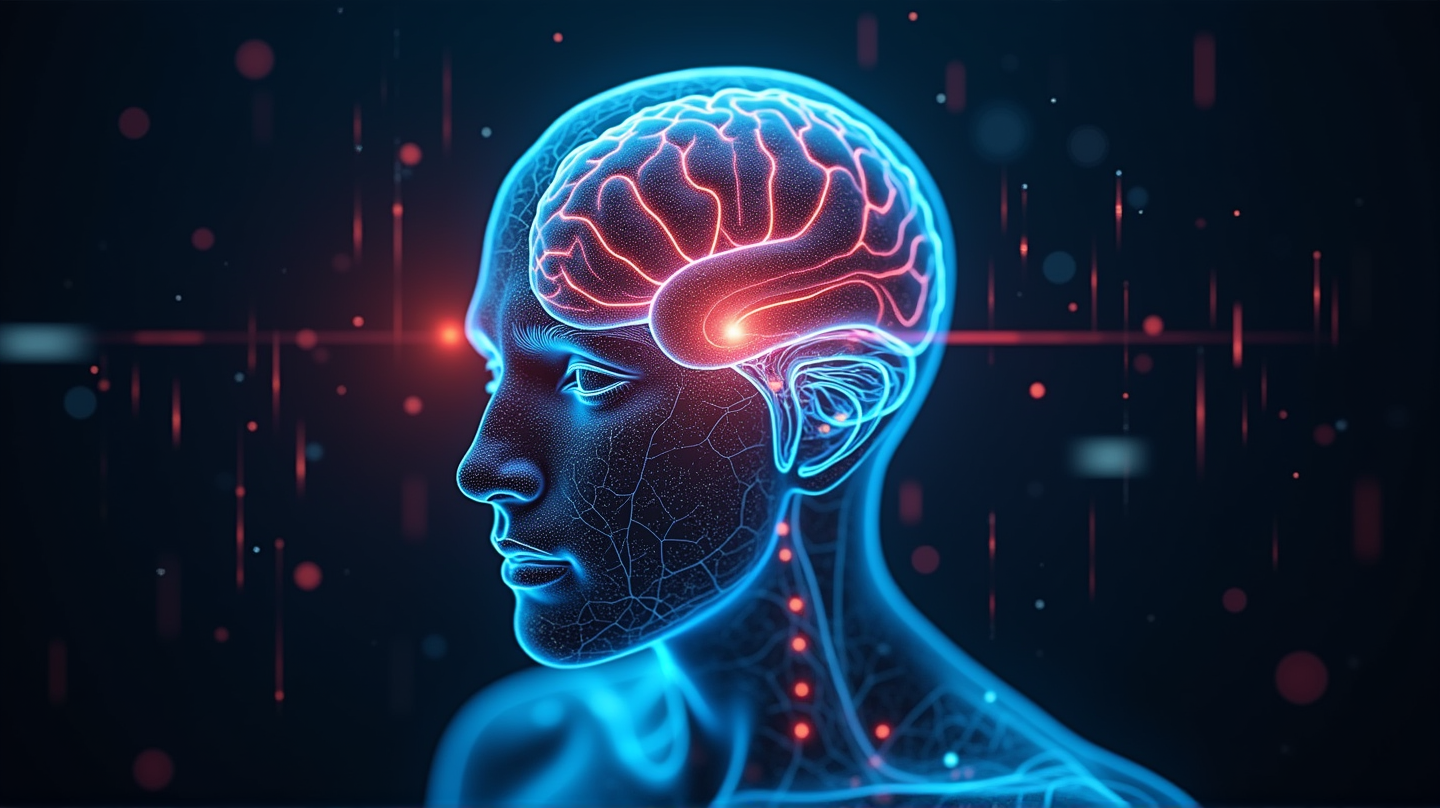In a move that could either skyrocket human capabilities or unleash unforeseen challenges, Elon Musk’s Neuralink has successfully implanted its N1 brain device into seven individuals. This cutting-edge technology promises to bridge the gap between thoughts and digital commands, bringing a new form of mobility to those paralyzed by spinal cord injuries or suffering from ALS.
Breaking Barriers with Thought-Controlled Technology
Neuralink’s breakthrough rests on a foundational principle: transforming mental intentions into digital realities. Utilizing a network of hair-thin threads inserted delicately into the brain, this device allows recipients to perform tasks once unimaginable, like email correspondence or designing with CAD technology, purely via thought. Noland Arbaugh, chained by a spinal injury, now surfs the web with the power of his mind — a testament to this tech’s transformative potential.
The Precise Science Behind the Implant
The magic behind Neuralink’s innovation lies in precision. Each implant is delicately integrated into the patient’s brain through robotic arms, which ensure unparalleled accuracy. Once in position, the device wirelessly transmits neural signals to decode into digital actions, achieving striking results: users report up to 90 percent cursor control accuracy. However, expanding the scope of what can be achieved remains a significant hurdle.
Facing the Competition and Regulatory Hurdles
As Neuralink races towards innovation, competitors like Synchron are vying for a piece of the pie. Their less invasive “Stentrode” technology, embedded through non-surgical means, has begun to turn heads — especially with plans to sync with Apple products. Meanwhile, Neuralink faces regulatory roadblocks, with FDA approval still pending. The lack of peer-reviewed studies raises critical safety concerns, echoing in the scientific community.
Ethical and Public Concerns
The frontier technology opens a Pandora’s box of ethical considerations. Who possesses the rights to neural data? Could this tech exacerbate social inequalities, earmarking it as a luxury rather than a necessity? Bioethicist Dr. Matthew Liao cautions a need for governance to check potential inequalities before they spiral out of control.
The public is captivated yet apprehensive, torn between amazement at thought-to-action feats and unease over tech’s relentless march. These seven recipients stand at the precipice of what could be a monumental shift in human augmentation, forging a path that may redefine healthcare and societal norms. Whether Neuralink heralds an era of unprecedented aid or unveils vast moral complexities will shape the discourse in the years ahead.
As stated in CGTN, the progress and implications of such technological advances will be pivotal in steering future healthcare landscapes.
